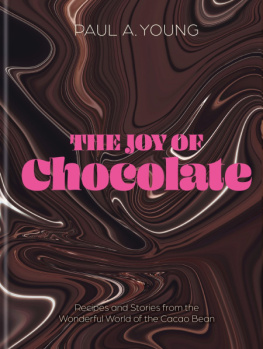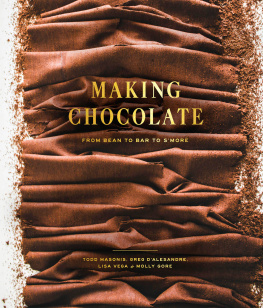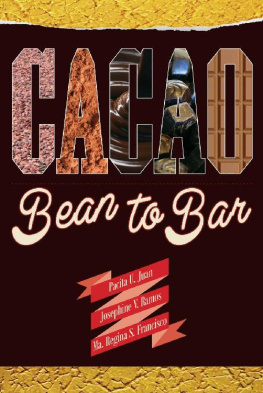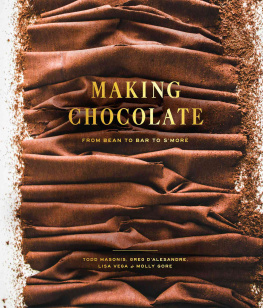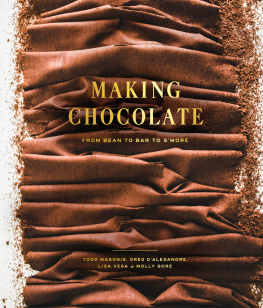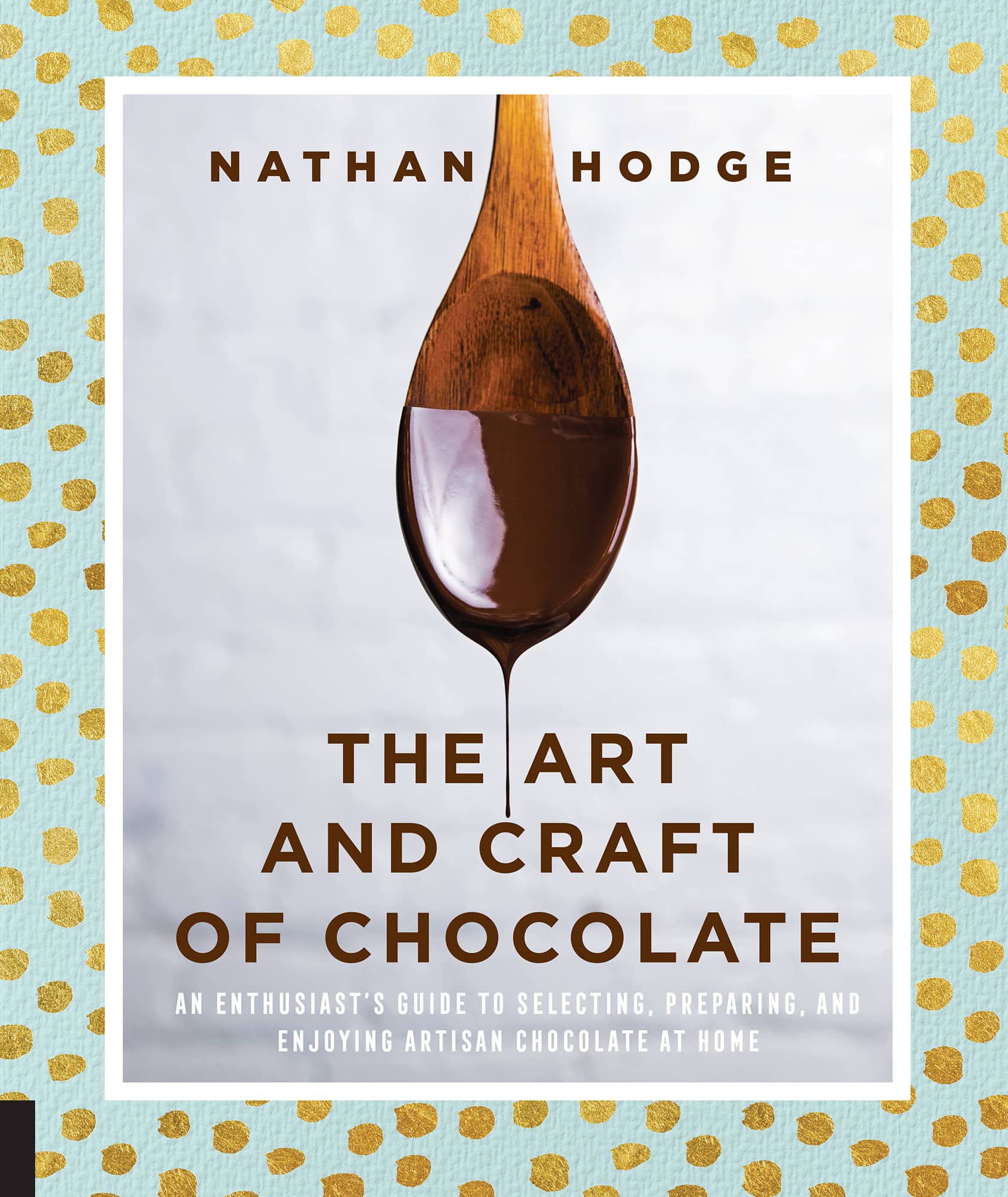FOREWORD
I am looking up, way up, into the thinning branches of the rainforests upper canopy. Barely discernable is a leaf-blurred blotch of grey. What I am looking at, my companion assures me, is a sloth. I squint for all Im worth. Meanwhile, giant peacock-blue butterflies flop through the leaves. The belligerent scream of a mantled howler monkey echoes from the shadows. A pleasant sensation envelopes my feet as I sink deeper and deeper into the crimson mud squeezing up around my boots. The air is a warm squash soup that swirls sluggishly over us.
From out of nowhere a smile of radiant Mayan gold teeth greets us, a Cheshire cat disguised as a farmer wearing rubber galoshes over baggy pants and a sweat-drenched long-sleeved shirt. He leads us to what might generously be called a hutessentially a roof of thatch erected over an old wood-burning stove, with a spring-fed spigot pouring continuously into a tin tub, overflowing, and eroding a small canyon through the dirt floor. I splash cold water on my face, but when I begin to drink from cupped hands, the farmer whips out his machete. Faster than you can say que demonios, he hacks open fresh coconuts for each of us to drink. Gracias, I say, and glance at the pile of football-shaped pods resting on the cold iron of the stove. Again the flash of a machete, and Im handed half a red-yellow-green pod thats filled with a goop of slimy white seeds. I pop one in my mouth.
And it hits mesomething like a neutron bomb of kiwi, mango, passion fruit, tangerine, and cranberry-pomegranate Emergen-C.
My first experience with raw cacao revealed to me the enormous gulf between what we know we dont know, and what we dont know what we dont know. The presumption that my lifelong penchant for devouring chocolate bars would somehow prepare me for tasting the raw material of chocolate was so nave it bordered on arrogant. This tension between presumption and truth, comfort and exhilaration, strangeness and connection fuels many peoples interest in food in general, but nowhere is it more keenly felt than in chocolate.
It was the promise of this enduring tension that inspired the opening in 2006 of my shop, The Meadow, in a sunny corner of a courtyard in an untraveled pocket of Portland, Oregon. We chose reclaimed old-growth Douglas fir and cedar for the shelves because, hard as it is to imagine now, back then it was the most inexpensive material for building a shop. But the shelves had a vibration, a resonance, and they seemed to tolerate only authentic and beautiful products.
Rather than sell confections like truffles, we decided to focus on chocolate bars. But which bars to carry?
The first arrival was Claudio Corallo. Claudio was legit in the extreme. The story of how he became a chocolate maker was the usual one. He had taken flight from Zaire (a turbulent land now called the Democratic Republic of Congo) where he was growing coffee in such a remote location that he not only had to take a boat to get there, he had to make the boat. Stripped of his plantation and seeking a new opportunity, he found himself on a small equatorial island off the west coast of Africa called So Tom and Prncipe. There he discovered spectacular strains of cacao languishing under a tarnished reputation and a decayed agricultural infrastructure. Employing a series of innovations in post-harvest processingespecially in fermentationhe created a chocolate that to this day stands alone.
Next to the shelves came favorites from France like the Bonnat, Pralus, Cluizel, and Valrhona. Then Italian makers, like Domori, De Bondt, Venchi, and Bonajuto, who were for some reason trickier to procure. A few kooky outliers like Zotter added flair to the shelves. From there, finding chocolate from elsewhere in the word that could keep company with such bars was challenging, but we did have options. Pacari from Ecuador, El Rey from Venezuela, and even Santander from Colombia were exotic back then, and had the added attraction of being made in the country where the cacao was grown. My favorite of all was Grenada, made by Mott Green, who died tragically in 2013. Mott was the true swashbuckler of the chocolate world, establishing a cacao cooperative, sailing around the Caribbean in search of a salt worthy of his bars, and inventing the most brilliant solutions to the meet the innumerable challenges of making chocolate in the tropics. To this day his chocolate offers an unrivalled ratio of cost to benefit, for all involved, from the farmer to your mouth.
If youve never had Claudio Corallo, heres how you can recreate the flavor in the convenience of your own home:
1. Find a small box
2. Inside it, pack one medium-size jungle
3. Put the box on top of 300 kg of thermite
4. Strike a match
That should do it.
In the United States, we were harder pressed to find bars. Scharffen Berger was making great chocolate but their acquisition by Hersheys tempered our enthusiasm. Guittard, founded in 1868 and the oldest family-owned chocolate company in the country, was far bigger than our more boutique European chocolate makers, but like the European makers, they offered bars made from a single origin and were active in the effort to improve the economic situation of cacao growers everywhere. Luckily Taza and Theo had just opened their doors, and a few others trickled in over the course of the next year or two.
Exclusivity was a recurring theme among the more vaunted makers. Amedie ran us through an intimidating vetting process. Bernachon never answered my calls. An eccentric genius named Steve DeVries was making great chocolate in Colorado, but he turned me down flat when I approached him, asserting our curatorial process was not assiduous enough for him. He wasnt far off the mark.
I wanted to share more than just artisanship, I wanted to share experiences. Chocolate studded with toasted piedmont hazelnuts bought at a roadside market in the Alps. Coarse crystals of sugar in chocolate so rough it wouldnt melt in the stifling bullfighting rings of Santiago de Quertaro. Plus, those chocolates are delicious. So we brought in some favorites from the road: Valor from Spain, Villars from Switzerland, Weiss from France, and Hachez from Germany.
In 2006 chocolate-making was a distinctly European enterprise. But in the last decade, North America has come to rival, and in its own way even surpass, the best of Europe, with brands such as Castronovo, Fruition, Askinosie, Dick Taylor, Patric, and the fugitive Rogue. My home town of Portland seems to be an incubator for chocolate companies, with half a dozen talented makers following the likes of Woodblock and Stirs the Soul. Today there are more than 200 bean-to-bar chocolate makers in the United States alone. Hundreds more have sprung up elsewhere around the world. From Argentinas weirdly Russian-inspired Mamuschka to New Zealands wonderfully named Hogarthand everything in between, from Icelands opulent Omnom to Hungarys unpronounceable scrumptious Rzsavlgyi to Japans minimalist Minimal. There is no end to the list. What makes them special? Their very newness is certainly part of it. You can tell. Each chocolate bar harbors that flicker of excited discovery, each ultimately bonded to those crazy tangy cacao seeds.


